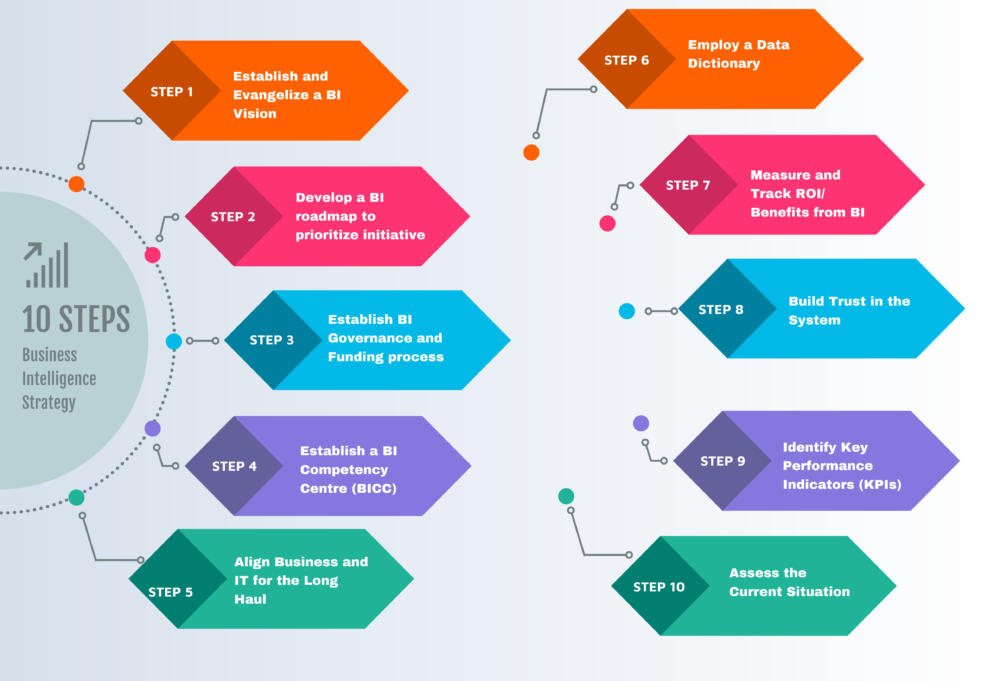Why You and Your Business Should Use Reverse Image Search?

The reverse image search or picture finder method, as its name tells, is a method of searching images backward. With reverse picture search, it is easier to spot fake images and people using someone else’s copyrighted images.
An image search engine or reverse image lookup tool can make finding visual content on the Internet quite easy and simple. Many of the users are unaware of using these excellent tools. If you’re one of those who want to learn this tool and where to use it, then read this article.
Contents
What is Reverse Image Search?
Reverse image search, also known as picture finder tools, is one of the most useful Internet tools to find similar images. Using these free picture finder tools, users worldwide can search for images online.
By using reverse image search, you search Google and other top search engines’ database with an image rather than searching with text. By doing so, you can identify the source of the image. You should do this whenever you wish to attribute an image to its original creator or if you would like to know where the image originates or who created it.
Uses of Reverse Image Search
As we all know, reverse image scanning is used to find a similar image. Moreover, these are used for business purposes as well. The following are uses of reverse photo lookup:
Authenticating Images
When you view an image in an email or on the Internet, you do not always know when or where it was created. It’s easy to find out if you do a reverse photo lookup.
For example, let’s say you are contemplating publishing a picture online or in print. Do you know if the supplier owns it? What is the authenticity of the document, and has it been doctored?
In thousands of cases, a quick reverse image finder could have prevented major errors. A photograph claimed to depict a particular event may have been taken at an earlier time, at a different event. It occurs quite often when Twitter pictures or even news stories are retweeted. This may be due to a simple mistake by a picture agency, or it may result from a deliberate attempt to deceive.
When you use an image finder, you often see numerous images that appear to be identical, but when you examine them closely, you will discover that they are not identical. In some cases, the image may have been modified, or a face may have been altered.
The web-based utility identifies altered and cropped photos using Content-Based Image Retrieval (CBIR).
Tracking Image Use
Whether you have a website, publish brochures, press releases, or publish copyright photographs online, you should expect that the images you provide will be re-used. Using a reverse image finder, you will be able to determine where and when the image was taken. Once the re-use is determined to be legal and appropriate, you can decide whether or not to take action.
If you search for advertising and publicity images, you’ll see how much traction your press release or blog post got, and you might find coverage in foreign languages you hadn’t thought of.
There is also the possibility that your images will be re-used in contexts that you are not comfortable with, such as illustrating articles about the products of a rival company. In this case, you can make sure they are captioned correctly and credited appropriately. Be aware that you cannot complain about images that you do not own.
In some cases, you may find that some websites are using your bandwidth by linking to your image rather than theirs. Sometimes, people substitute a less appropriate photo for the original one with the same filename.
There is also a possibility of finding copies of photos that you did not license for re-use. Then, you can request that they be removed, or you may send them an invoice.
Whether you use reverse picture search on a digital camera or a scanning device, you can find a great deal of valuable information that you might not otherwise be able to access.
Flipped Images
In some cases, pictures are flipped, or in other words, the images are flipped laterally. If you are using reverse picture search tools, this is an option worth considering. With an excellent picture finder tool, it is now easy to find similar images.
Due to similar reasons, image finders have become a critical tool for mainstream publications, particularly news organizations. It is no longer necessary to spend hours browsing and scanning photos in order to enjoy them because now anyone can enjoy them within a few minutes.
Helping in Finding Study Material
We all know that in images, we can summarize a hell of information. Sometimes students get the image that contains their relevant subject topic, but they face issues in finding the site that contains that image. Reverse image search helps students to find relevant images related to their topics. Also, with image to text tools like (https://imagetotextconverter.net/ or https://smallseotools.com/image-to-text-converter/ ) students can easily extract the information from the image to use them in their study material.
Bottom Line
Reverse image search is the process of searching similar images, and the picture finder are the tool used to find similar images with just a couple of clicks.






